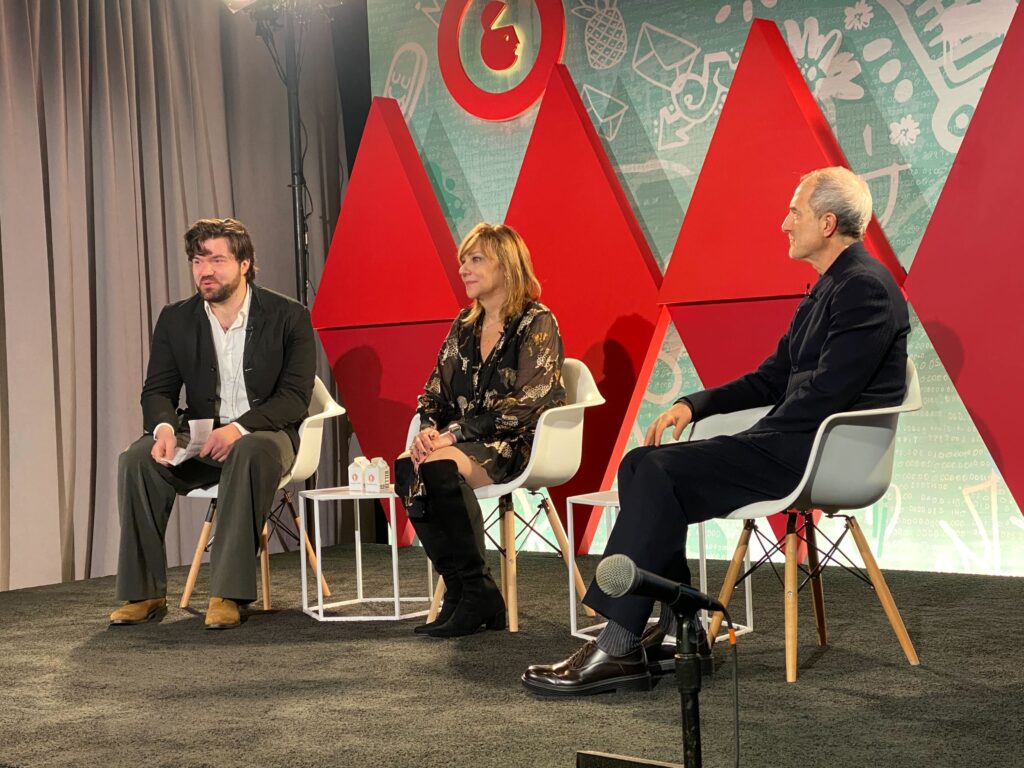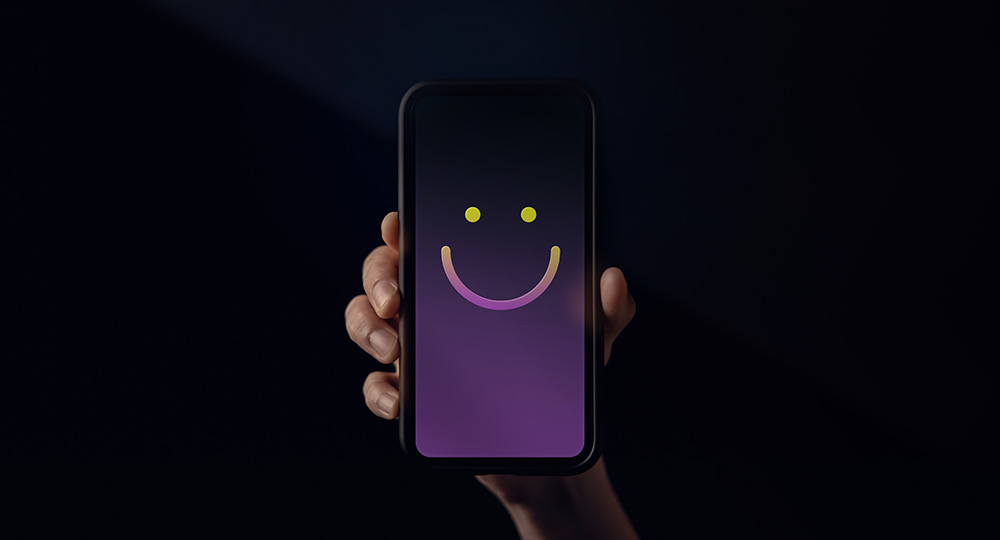In a recent session with Marketing Dive at Advertising Week New York, leaders from Infillion and Airship shone a light on the state of mobile app engagement and growth, and how better mobile experiences and expectations are reshaping eCommerce and marketing. Here are some key takeaways from our conversation.
Low App Engagement Presents Opportunities for Improvement
Mobile app customers drive 3.5x more revenue than non-app customers, and they’re 3-4x more likely to make a repeat purchase in a year than a non-app customer, according to research from Airship. It turns out, however, that app engagement rates start to fall after the first day, as only about 10% of customers who download an app remain a customer after the first 30 days.
The opportunity-cost of losing your most active audience is huge. There’s a lot of money being spent on app growth; however, it’s clear that an investment in customer satisfaction and engagement could return dramatically higher shareholder value. Why are they falling off? What can we do better?
The greatest opportunities seem to be in: improving the app experience (i.e., the consumer value exchange, or what customers get in exchange for their time, attention, and information), and in understanding how the overall shopping experience has changed forever. While marketers and retailers/brands have doubled down on eCommerce in recent years, consumers are driving a unified shopping experience. In the end, the consumer will choose whatever is most convenient for them. According to our research, 69% of consumers access reviews, ratings, and recommendations on their mobile device when shopping at a brick-and-mortar and more than 6 out of 10 purchase online and access live customer service.

Peter Adams from Marketing Dive, Laurel Rossi from Infillion, and Tom Butta from Airship at Advertising Week New York 2022
The Key to Increased Mobile Engagement Is First-Party Data
The concept of a “connected future” has rapidly become our present reality. The technology we use every day (think mobile apps, smart devices, etc.) is increasing consumer expectations of personalized experiences with as little friction as possible. These personalized experiences are driven by predictive and accurate data that is disappearing as privacy rules change; therefore, brands must find better ways to collect first-party data like the kind of data provided in-app and via location data.
Marketers Can Stay Ahead of Mobile-First Experiences by Seamlessly Combining Technology and Data
Brands that strive to meet customer expectations are seeing 60-70% improvements in open rates and 30% gains in engagement rates. Airship and Infillion have made a great deal of headway with first-party, location-based data gathered via consumer opt-in experiences. What we’ve found is that consumers will actually give brands more data if the experience is worth it. According to Infillion’s CMO Laurel Rossi, “I’m happy to give you more of my time, attention, and information if I can get more value in exchange.” You can learn more about successful location data in our latest ebook, “Turning Location Data into Value-Exchange Experiences.
In short, brands that desire 3-5x more return on their marketing investments will allow consumers to define their own purchase journeys by perfecting the app experience—connecting their online and offline realities.
Learn more about how Airship and Infillion work together to help brands create premium omnichannel experiences for their customers here.

